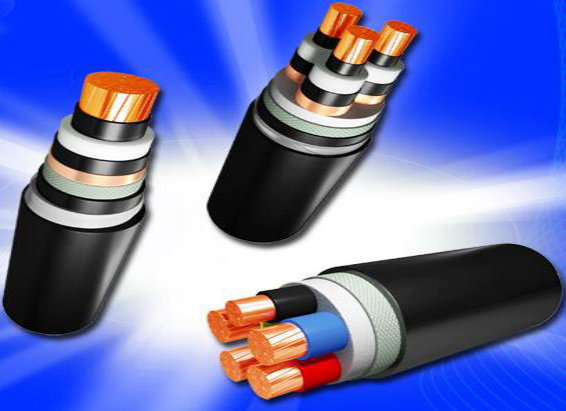What is the basic structure of the power cable?
Power cable
Power cable, a cable used to transmit and distribute electrical energy. It is commonly used in urban underground power grids, power outlets for power stations, internal power supply for industrial and mining enterprises, and underwater power lines that cross the river and cross the sea. In power lines, the proportion of cables is gradually increasing. A power cable is a cable product used to transmit and distribute high-power electrical energy in the main line of a power system, including various voltage levels of 1-500KV and above, and various insulated power cables.

What is the basic structure of the power cable?
The basic structure of the power cable consists of a core (conductor), an insulating layer, a shielding layer and a protective layer.
1, shielding layer
Power cables of 15KV and above generally have a conductor shield and an insulating shield.
2, wire core
The core is the conductive part of the power cable that is used to carry electrical energy and is the main part of the power cable.
3, insulation layer
The insulating layer electrically isolates the core from the ground and the cores of different phases to ensure electrical energy transmission, and is an indispensable component of the power cable structure.
4, the protective layer
The role of the protective layer is to protect the power cable from external impurities and moisture, and to prevent external forces from directly damaging the power cable.
Basic structure of power cable lines
1, the conductor
The conductor is the path that provides the load current. Its main technical indicators and requirements:
1) Conductor structure: The conductor is also a high-voltage electrode when the cable is working, and its surface electric field intensity is the largest. If there is a local burr, the electric field strength will be greater. Therefore, one of the main technical problems to be solved in the design and production and in the use of the conductors in the production of joints is to try to make the conductor surface as smooth and round as possible without burrs to improve the electric field distribution on the conductor surface.
2) Conductor cross section and DC resistance: Since the current passes through the conductor, heat is generated due to the resistance of the conductor. Therefore, the appropriate conductor cross section should be selected according to the amount of the delivered current. The DC resistance should meet the specified value to meet the heat of the cable during operation. Stable requirements.
2, metal shielding
The role of metal shielding:
1) Provides a path for capacitor current and fault current, so there are certain cross-section requirements.
2) The low-voltage electrode forming the working electric field will also form a large electric field strength when there is a local burr. Therefore, it is also necessary to make the surface of the conductor as smooth and round as possible without burr.

